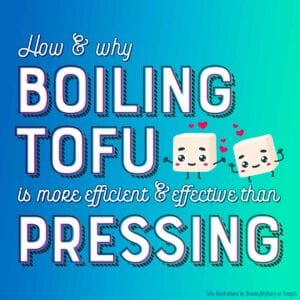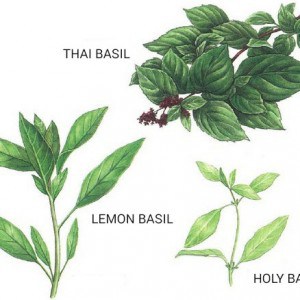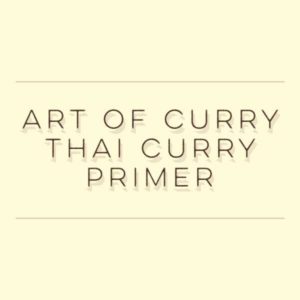As with most things there is a lot of misunderstanding surrounding our increasingly beloved espresso, but the absolute basics are both straightforward and interesting. Churn these facts out next time mom and dad throw a hissy about that latte you just downed.
Three Espresso Myths
1. Espresso has more caffeine than "regular" coffee.
Many people are surprised to learn espresso generally has a much lower caffeine content than a cup of filter coffee. One possible (read this Roast Magazine article for a differing point of view) reason is most espresso consumed is brewed from dark-roasted beans. Very generally speaking it's thought the darker the roast the less the caffeine.
A more plausible reason surfaces when you note the water content and time in preparing a cup of filter coffee. Filter coffee uses more water and this combined with a longer brewing time often means more caffeine in your cup. In the end you're looking at about half or two-thirds the content of caffeine in a latte versus a cup of drip coffee of the same size.
2. Where'd they get that "x" from, anyway?
That letter has never been, nor ever will be, a feature in espresso. There's nothing "express" about the process of espresso; it's an incredibly refined and skilled technique. Good baristas spend years of their lives acquiring and furthering this complicated skill.
On a side note I can think of a few coffee chains who'd do well to hire less 17 year olds and more dedicated career baristas. In Italy this is a respected profession with an average age seemingly double that of Starbucks' equivalent. This is for good reason.
3. Espresso is just really strong coffee
No, no, no! By all means enjoy your cafetierre, but you will never ever make an espresso by simply adding a dark roast in extreme quantities with less water than you would normally add for a standard cup.
Think of it like this: cheese and butter are both made from the same base ingredient, milk, as espresso and filter coffee are both children of the humble coffee bean. Each takes a completely different process down two separate paths in order it get to the final product, however. You don't make cheese by churning milk in a butter churn just as as you don't make espresso by coupling excessive amounts of coffee grains with a few millilitres of water.
Espresso is made from a very specific grind of coffee combined with an equally specific method. Coffeegeek.com sumarises it appropriately below.
The coffee beverage produced by a pump or lever espresso machine. This Italian word describes a beverage made from 7 grams (+/- 2 grams) of finely ground coffee, producing 1-1.5 ounces (30-45ml) of extracted beverage under 9 bar (135psi) of brewing pressure at brewing temperatures of between 194 and 204 degrees Fahrenheit, over a period of 25 seconds (+/- 5 seconds) of brew time.
Stay Tuned: What Espresso Isn't
There are all sorts of arguments for what makes the best shot, from blend and grind to machine and individual barista skills. Nevertheless one thing is certain, and that's the fact that there are solid facts behind the highly skilled process that ends in that shot in your cappuccino.
I always find it useful to think of what something isn't in order to understand what it is. Stay tuned for the next part of this series to find out more of what espresso isn't, plus why that £50/$75 Krups machine Granny bought you for Christmas can't really make true espresso.





Smita says
Lovely post!! Looking forward to more!
coffee machine espresso says
Awesome!...
Coffee of the Month Club says
Very nice list of myths about espresso. This article can help coffee lovers especially the people that loves coffee but allergic to too much caffeine enjoy coffee by drinking espresso.
K Cups says
Lol. That "X" in espresso always bothered me too.
remove windows disk says
Thanks for your article! I learn a lot from you.
I reserve the right to improve malicious and trollish comments.